5 Myths About Granite Countertops You Shouldn’t Believe
Granite countertops have long been a popular choice for homeowners seeking durability and aesthetic appeal in their kitchens. Despite their popularity, several misconceptions continue to circulate about the viability and practicality of granite as a countertop material. These myths, often fueled by misunderstandings and outdated information, can lead homeowners to make uninformed decisions. By addressing these misconceptions head-on, homeowners can better appreciate the value and benefits a granite countertop offers.
Myth 1: Granite Countertops Are Prone to Staining
One common myth is that granite countertops are highly susceptible to staining, making them an impractical choice for busy kitchens. However, understanding granite’s porosity helps debunk this misconception. While granite is a naturally porous stone, improper sealing often leads to staining issues. Effective sealing techniques can significantly reduce the risk of stains, preserving the integrity and aesthetics of the countertop. Granite’s ability to resist stains is largely dependent on the quality of sealing it receives at installation.
Effective sealing techniques include using a quality impregnating sealer, which penetrates the stone and creates a protective barrier. This process reduces the porosity of granite surfaces, making them more resistant to spills and stains from common kitchen substances such as wine, coffee, and oil. Sealing does not make granite stain-proof, but it greatly minimizes the risk. Furthermore, regular resealing, which we typically recommend every one to two years depending on use, can maintain this protective barrier over time. Therefore, understanding and implementing proper sealing is crucial in maintaining a stain-free granite countertop.
Misconceptions about stains also arise from unrealistic expectations regarding maintenance. Real-life staining scenarios often illustrate improper care or a lack of regular maintenance rather than granite’s inherent flaws. For instance, many homeowners overlook the importance of immediate cleaning after spills, allowing substances to penetrate the stone before wiping them away. With consistent maintenance practices, a granite countertop remains as beautiful and functional as the day it was installed.
Myth 2: Granite Requires High Maintenance
Another myth is that granite countertops demand high maintenance, which can deter potential buyers. In reality, granite is relatively low-maintenance compared to other natural stones. Basic care involves regular cleaning with a mild detergent and water, which is often sufficient to maintain its pristine condition. Implementing low-maintenance sealing options can further ease upkeep burdens. These sealers offer long-lasting protection, allowing homeowners to confidently enjoy their countertops without constant worry.
Debunking polishing myths is essential; while polishing can enhance granite’s luster, it is generally unnecessary for maintenance. Routine cleaning is all that is required to preserve its natural shine. Additionally, polishing compounds can often be used infrequently as part of regular maintenance to restore surface shine if needed.
The truth about repairs is that granite is highly resistant to common kitchen damage. While chips or cracks can occur through significant impact, these instances are rare and often easily repaired by professionals. Professional repair services can fill and seamlessly blend any blemishes with special epoxy mixes that match the granite’s pattern. Careful maintenance and gentle handling reduce the likelihood of damage, ensuring that a granite countertop remains unaffected by daily kitchen activities. Ultimately, granite’s resilience and ease of care make it a practical and enduring choice for homeowners seeking minimal upkeep.
Myth 3: Granite Harbors Bacteria
A persistent myth concerning granite involves its potential to harbor bacteria, raising concerns about hygiene and safety. Scientific studies have shown that granite countertops are no more prone to bacterial growth than other surfaces commonly found in kitchens, such as stainless steel or composite materials. When properly sealed, granite’s surfaces are less porous, minimizing the opportunity for bacteria to penetrate. Sealing also plays a critical role in hygiene by creating a smooth surface that is easier to clean and disinfect.
Sealing as a hygiene solution cannot be overstated, especially in busy kitchens where preparation might lead to the spread of contaminants. Preventive cleaning measures are simple and effective; using disinfectant sprays or wipes on granite ensures a safe food preparation environment. Comparisons with other materials reveal granite’s competitive advantage, since its durability and hardness prevent scratches where bacteria could hide, unlike softer materials such as wood. The intersection of sealing technology and maintenance routines protects granite, making a granite countertop an ideal choice for health-conscious families.
Addressing spills promptly, employing regular cleaning, and periodic resealing all contribute to a healthier kitchen environment. Informed consumers understand that good hygiene practices, coupled with granite’s natural properties, dispel the myth of it being a breeding ground for bacteria. Confidence in granite’s hygiene standards ultimately enhances its appeal as a reliable kitchen surface.
Myth 4: Limited Design Options Are Available
It is a myth that granite offers limited design options, restricting aesthetics in modern kitchens. On the contrary, granite is available in a variety of colors and patterns, ranging from subtle earth tones to vibrant exotic arrays. The nature of granite, being a natural stone, means each slab is unique, adding a one-of-a-kind touch to kitchen designs. Customization possibilities abound, with options for different finishes such as polished, honed, or leathered, enhancing any design vision. Granite’s adaptability ensures it can be integrated into various kitchen styles, from traditional to contemporary.
Integration with different kitchen styles demonstrates granite’s versatility in enhancing various aesthetics. For traditional layouts, classic earth-toned granites complement wood cabinetry and rustic elements seamlessly. Meanwhile, sleek black or white granites perfectly enhance modern designs with minimalist or industrial themes. Innovative design trends continue to evolve with granite, incorporating unique edging profiles, mixed-material installations, or contrasting island countertops. Granite’s stable place in design innovation speaks to its timeless appeal and adaptability in evolving kitchen trends.
Showcasing granite in modern designs underscores its capability to harmonize with current style narratives. Advances in stone fabrication technology allow for larger slabs, thinner cuts, and intricate edge work, all of which contribute to its modern aesthetic appeal. Designers frequently use granite to create focal points, such as waterfall counters or matching backsplash features. According to Fixr, about 30 square feet of countertop is required for most kitchens, which highlights how even a single granite slab can transform a kitchen’s design. These creative uses illustrate granite’s capacity to elevate contemporary kitchens, proving that a granite countertop offers limitless design potential.
Myth 5: Granite Is Not Environmentally Friendly
The notion that granite is not environmentally friendly often arises from misconceptions about its sourcing and lifecycle. In reality, responsible sourcing and sophisticated quarrying techniques have advanced, reducing environmental impact. Many suppliers engage in sustainable practices, ensuring ethical extraction and minimal disruption to natural habitats. Additionally, granite’s natural properties of longevity and durability contribute to its sustainability. By installing granite, homeowners invest in a material that will outlast many alternatives, reducing long-term waste.
Granite’s recyclability and repurposing options further enhance its environmental friendliness. At the end of its lifespan as a countertop, granite can be repurposed as landscaping material, crushed for aggregate, or incorporated into construction projects. This reuse reduces landfill contributions compared to synthetic materials, which often do not share similar recyclability. Comparing environmental impact with other materials reveals granite’s competitive edge; unlike man-made options, it does not require extensive chemical processes, contributing to lower carbon footprints. Thus, a granite countertop aligns with eco-friendly choices for sustainable living.
The myths surrounding granite countertops often stem from outdated information or misunderstandings of the material’s properties and benefits. By dispelling these misconceptions, homeowners can make informed decisions regarding granite, recognizing its durability, aesthetic appeal, and sustainability as a premium countertop material. For all of your granite countertop needs, contact Blue Ridge Cabinet & Design today!
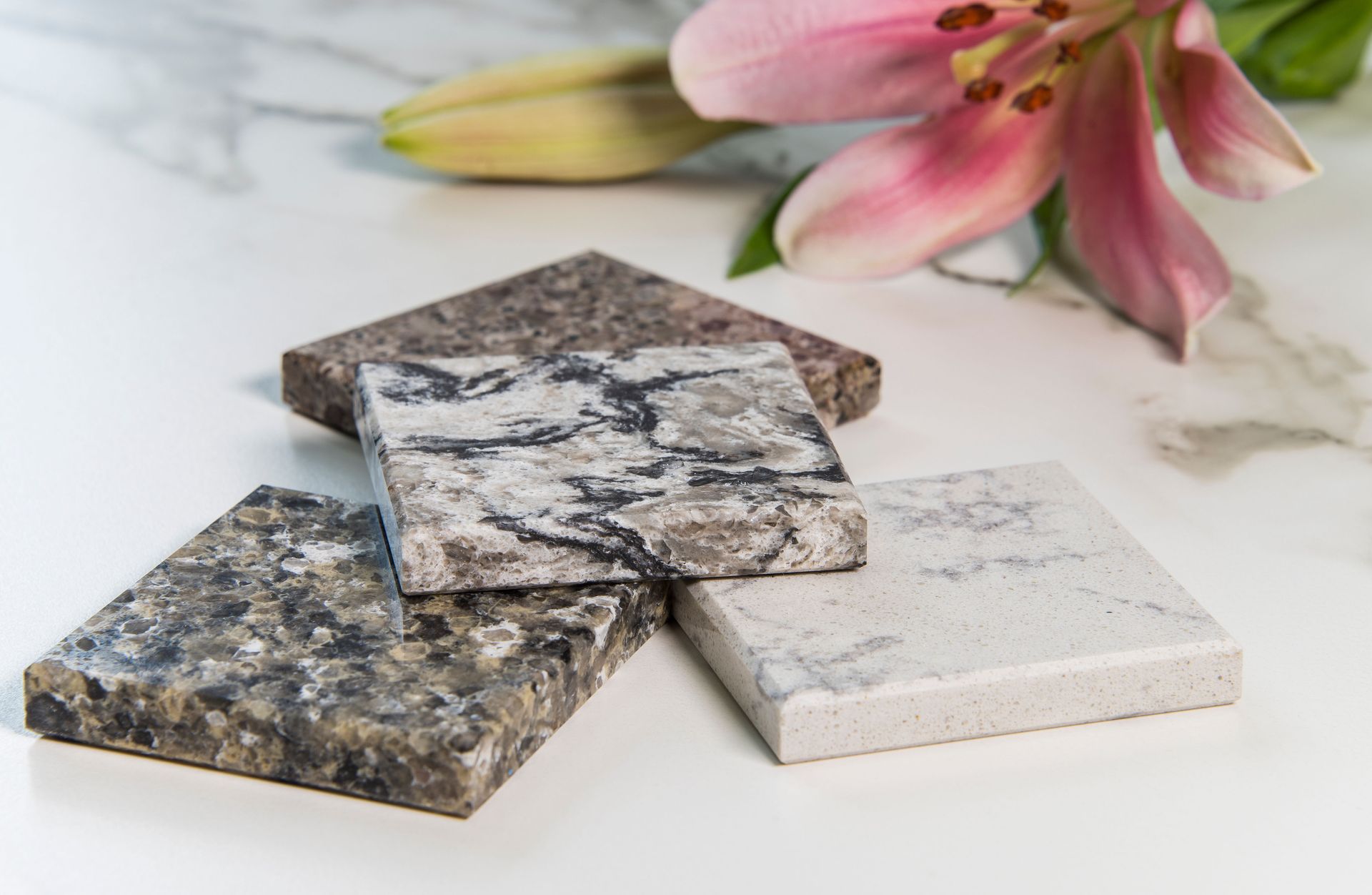
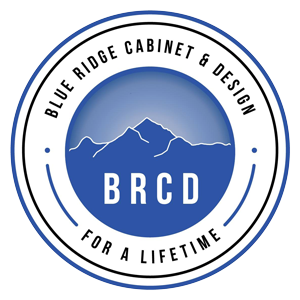
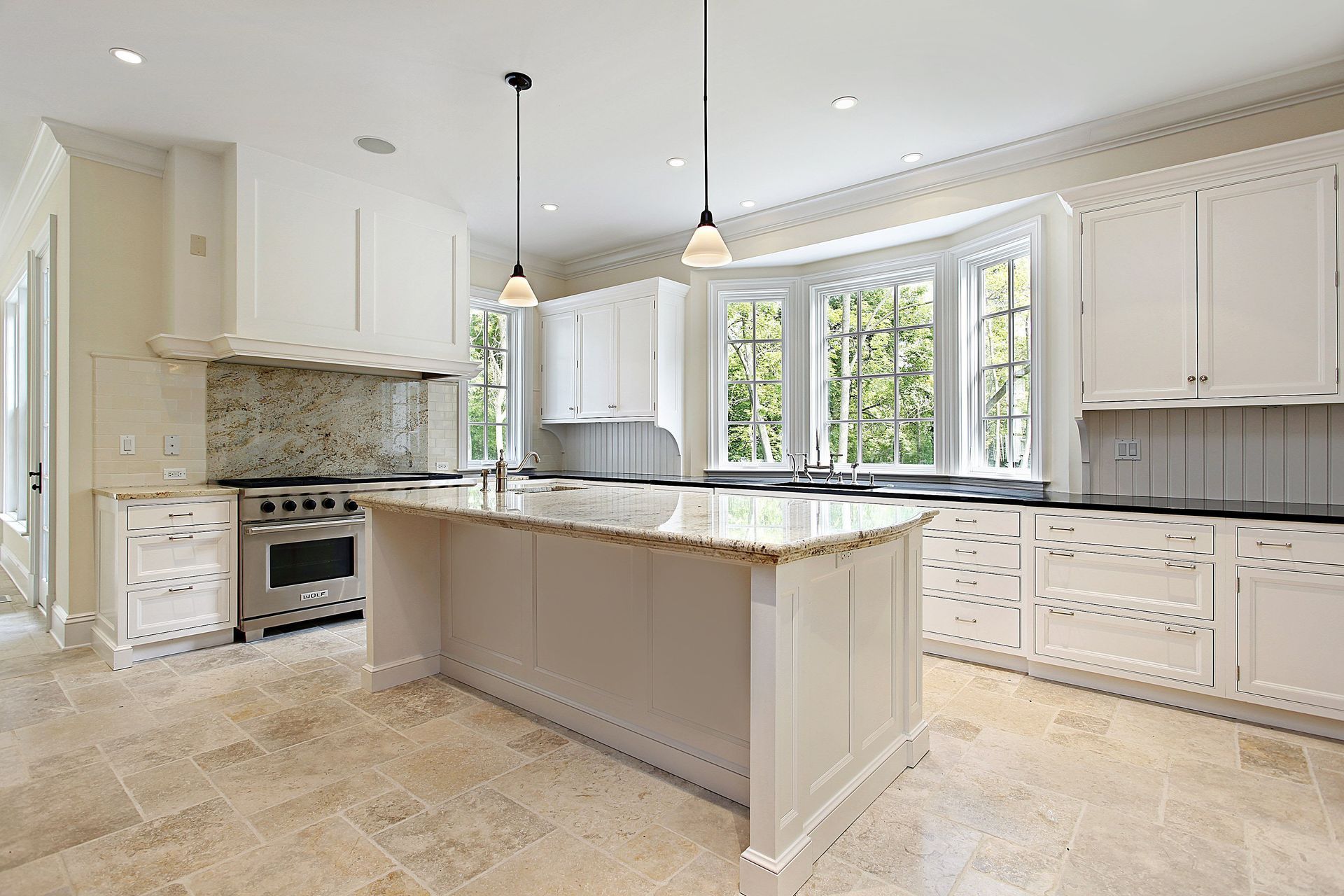
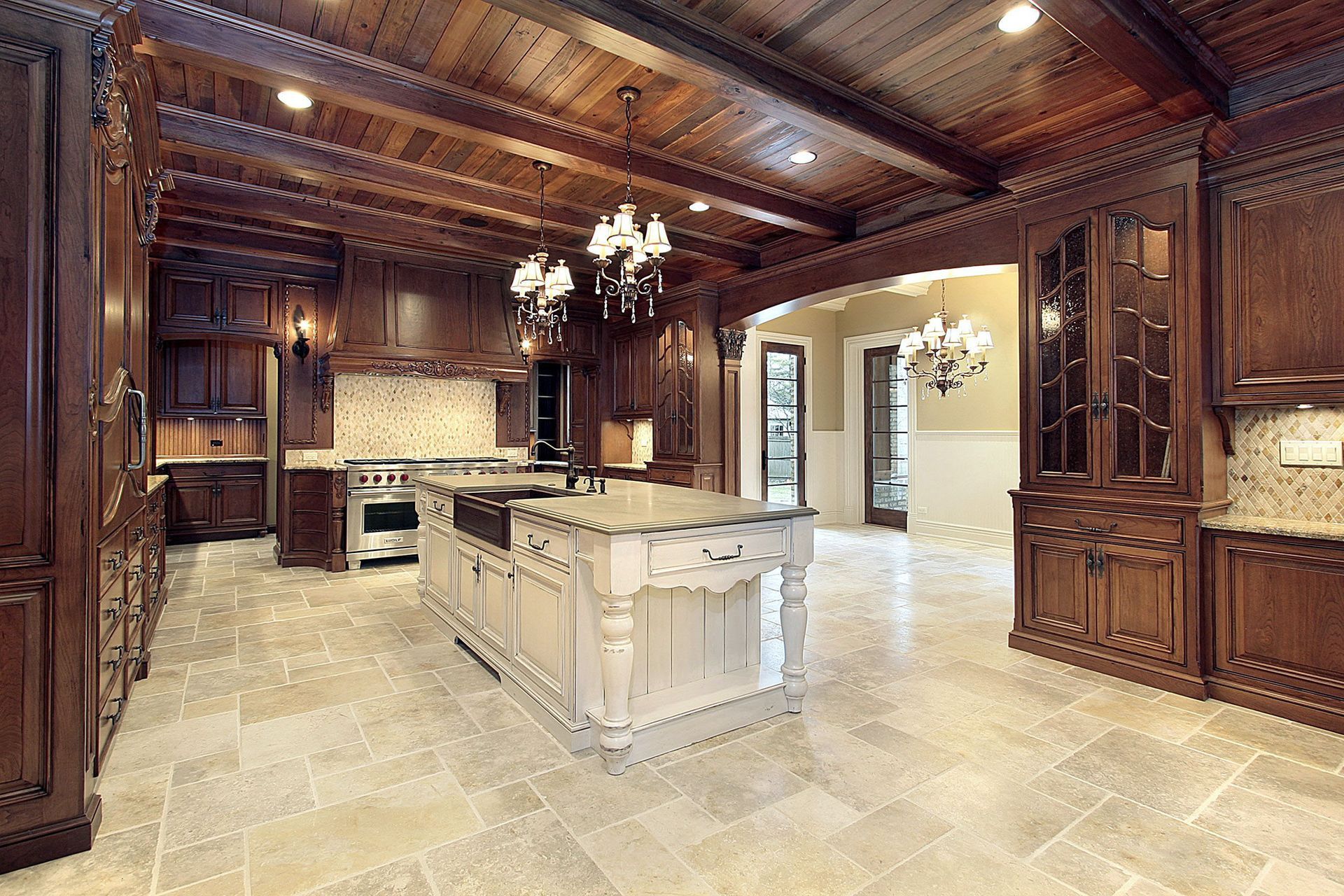
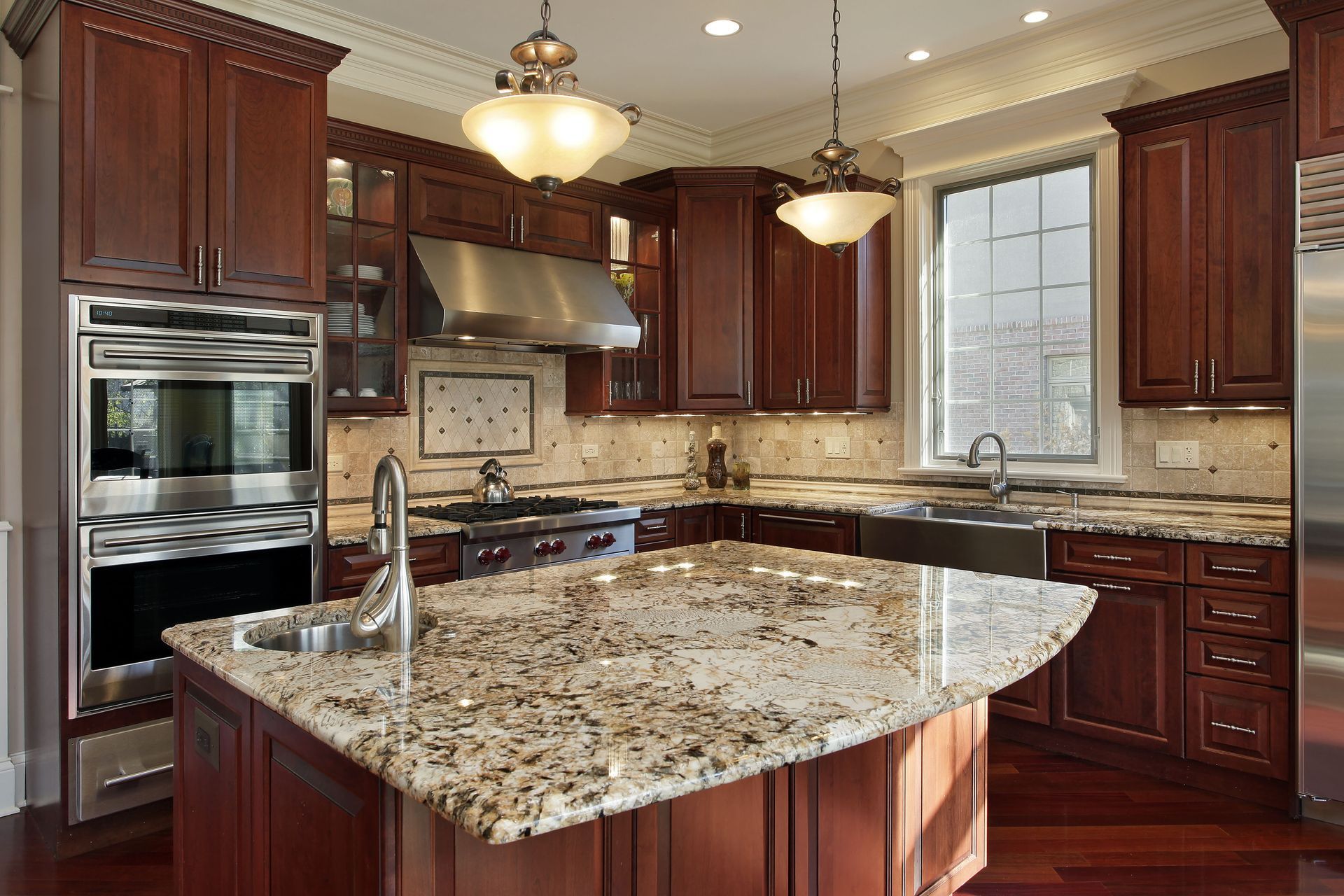
Share On: